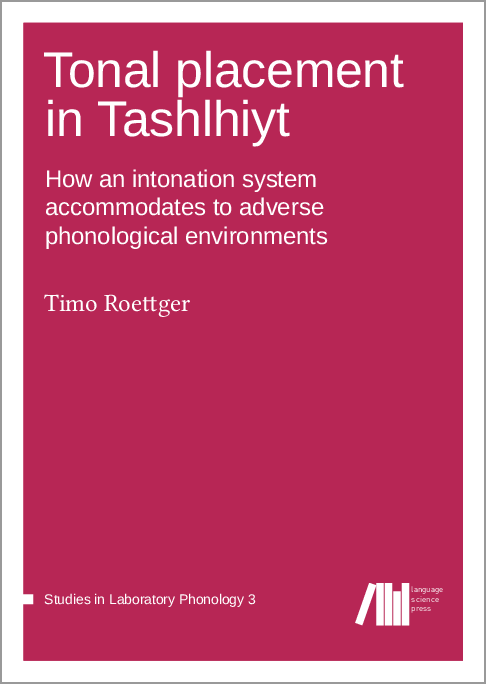We log anonymous usage statistics. Please read the privacy information for details.
Tonal placement in Tashlhiyt: How an intonation system accommodates to adverse phonological environments
Synopsis
In most languages, words contain vowels, elements of high intensity with rich harmonic structure, enabling the perceptual retrieval of pitch. By contrast, in Tashlhiyt, a Berber language, words can be composed entirely of voiceless segments. When an utterance consists of such words, the phonetic opportunity for the execution of intonational pitch movements is exceptionally limited. This book explores in a series of production and perception experiments how these typologically rare phonotactic patterns interact with intonational aspects of linguistic structure. It turns out that Tashlhiyt allows for a tremendously flexible placement of tonal events. Observed intonational structures can be conceived of as different solutions to a functional dilemma: The requirement to realise meaningful pitch movements in certain positions and the extent to which segments lend themselves to a clear manifestation of these pitch movements.




